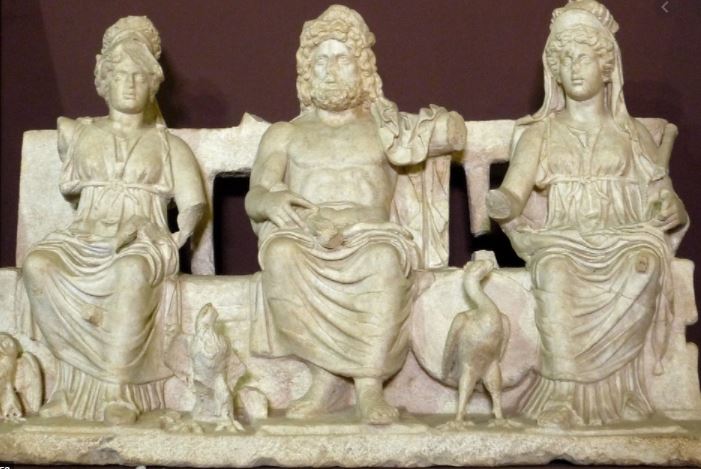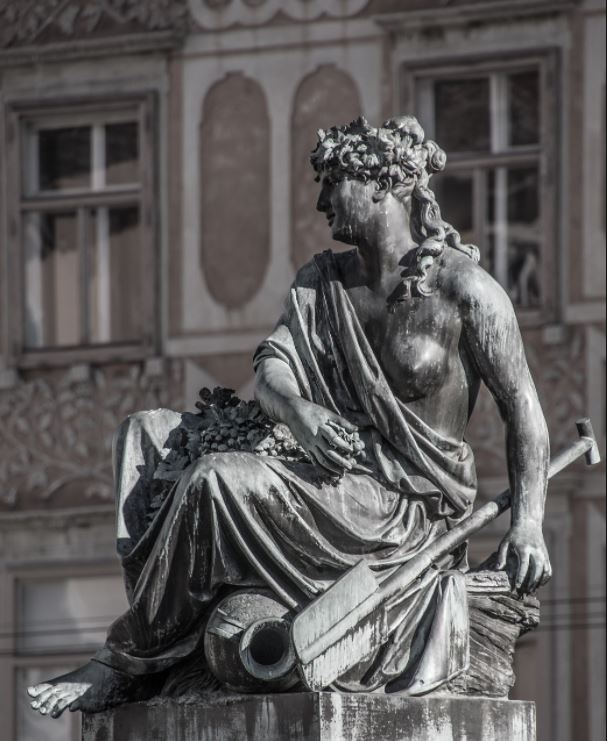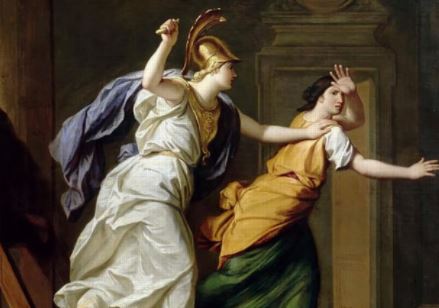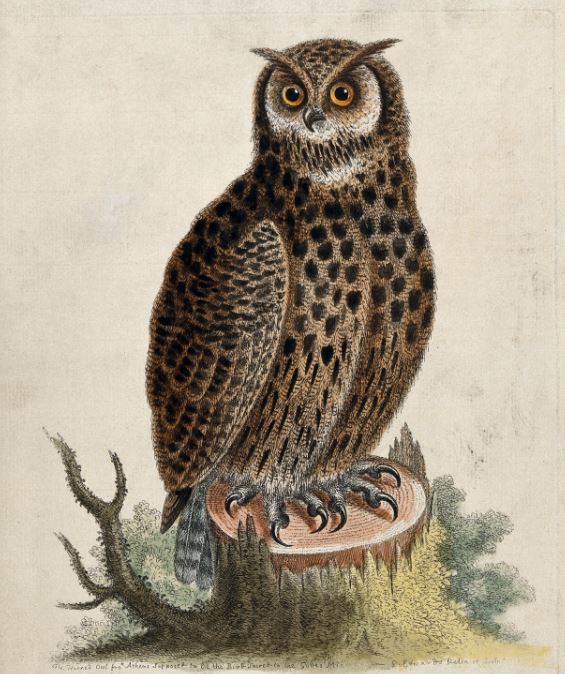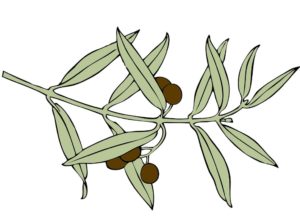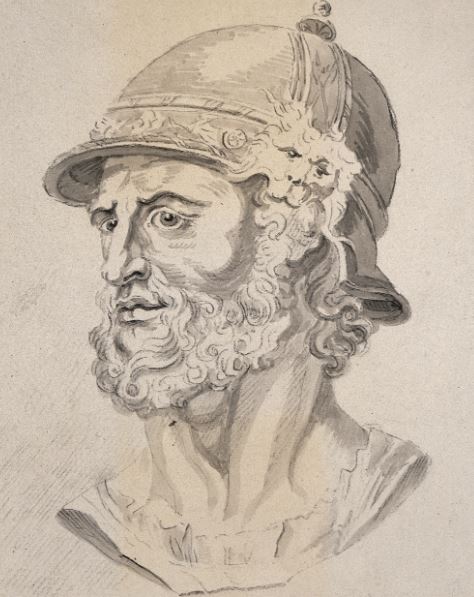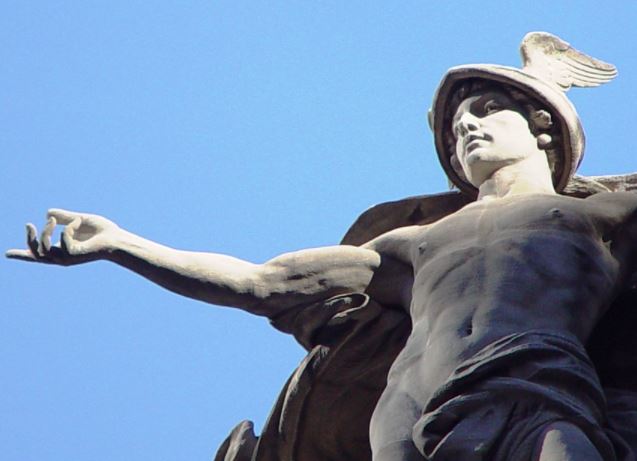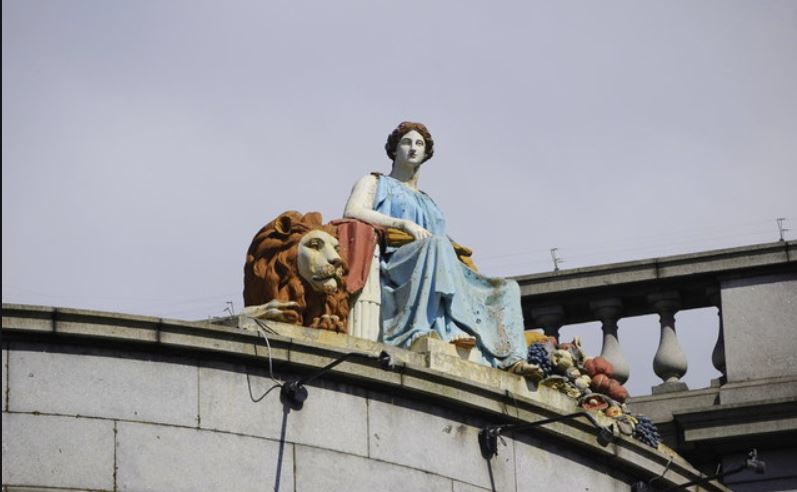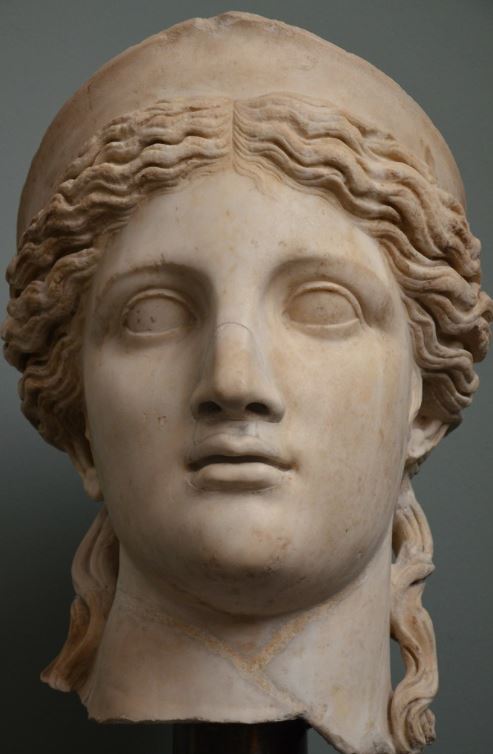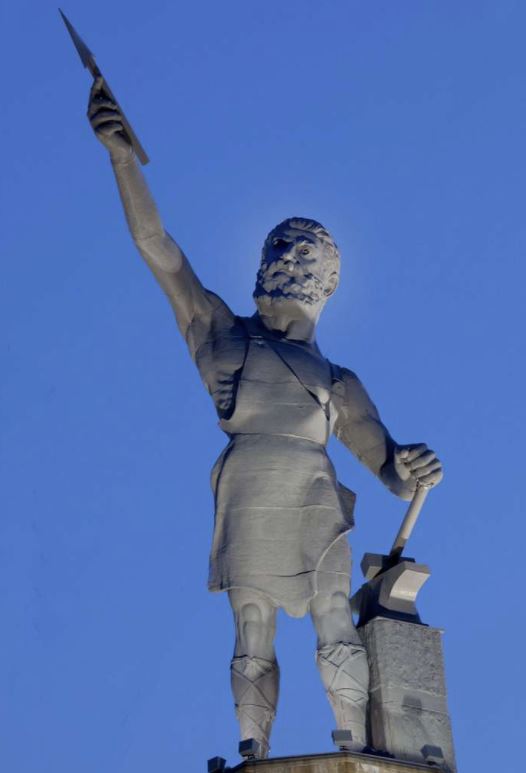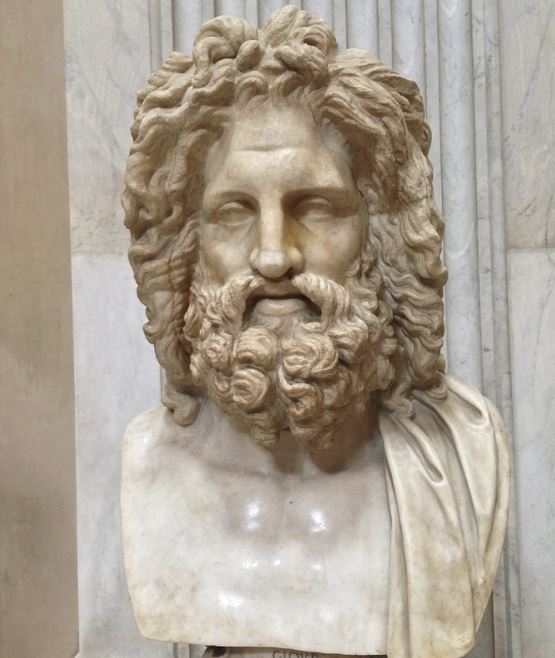Goddess Minerva, the Roman Goddess of Wisdom
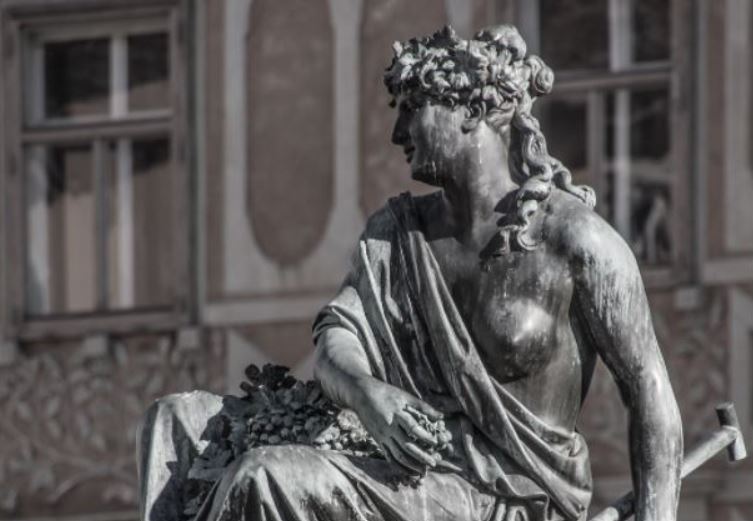
Just like with many other cultures, the Roman dedicated a deity to wisdom and knowledge. Unlike her Egyptian counterpart Thoth, the Roman goddess Minerva was represented as a strong woman.
It is true that the Roman goddess Minerva was one of the most important goddesses in ancient Roman religion.
She was in fact worshipped in one of the main temples of Rome, together with two other fundamental deities, the King of the Roman Gods, Jupiter and her wife Juno. Since this temple was situated on Capitoline Hill, the three divinities were known as the Capitoline Triad, and as such were worshipped in many other sanctuaries of the Roman Empire, which were therefore named Capitolia.
Capitoline Triad represented as a statue
What is Minerva the goddess of?
The principal attribute of Minerva was wisdom: she was the goddess of all intellectual faculties, and therefore of the arts, of justice, of trade, and of warfare when seen in its strategic, less violent aspects.
Since the 2nd Century BC, Minerva, the Roman goddess of wisdom was identified with the Greek goddess Athena and actually shares her symbols, which are the owl, the snake, and the olive tree.
Minerva Name meaning and Origin of her Name
The name of the Roman goddess “Minerva” is thought to come from the proto-italic “meneswo”, which should mean “intelligent”.
This interpretation is clearly justified by the fact that Minerva was the goddess of intelligence and wisdom.
History of the Roman goddess Minerva and Most Important Myths Related to Her
The central and peculiar role occupied by the goddess Minerva in the pantheon of the ancient Roman religion is well exemplified by the myth which describes her unusual birth, which also explains the reasons behind her association with mental faculties.
This last aspect is underlined by many other myths having the Roman goddess Minerva as the main character, as the myth of the change of Arachne.
Let’s see these two stories in detail.
The birth of Minerva goddess of Wisdom
The chain of events that led to the birth of the Roman goddess Minerva started when Jupiter raped the Titaness Metis (the Titans were divine creatures generated by Caelus and Terra, entities which impersonated respectively the sky and the earth).
After committing this violent act, Jupiter thought of a prophecy, according to which he would have generated a son who, once grown up, would have overpowered him, usurping his role of king of the gods.
To prevent this from happening, Jupiter devised a trick. Taking advantage of Metis’s ability to change her form, he asked her to transform into a fly. When she did it, Jupiter was able to eat her. Sometime after these events, Jupiter started suffering from terrible headaches.
He asked Vulcan, the god of metalworking, for help. Vulcan decided to use a hammer to split Jupiter’s head: from this wound emerged the Roman goddess of wisdom Minerva, already adult and fully armed.
According to this myth, therefore, the goddess Minerva would have inherited her role as the patroness of wisdom from Metis, who would have given her birth when inside Jupiter.
Minerva, goddess of wisdom represented in the image
The Change of Arachne In the Trial Against the Roman Goddes of Wisdom
This myth is interesting from many points of view.
It is one of those educational myths that warned mortals from challenging the gods but, at the same time, it underlines the fact that the gods’ judgment, particularly that of the goddess of justice, Minerva, is always fair.
Arachne was a young woman, extremely skilled in the art of weaving. Her ability made her excessively proud of herself, to the point that she even said that her embroideries could not be beaten by those of the goddess of the arts herself, Minerva.
Hearing this, the Roman goddess Minerva decided to appear, in the form of an old woman, to Arachne: she wanted to give her the chance to take back her challenge, so to avoid her inevitable defeat and punishment.
When she refused, the Roman goddess of Wisdom took her real aspect, and the challenge began.
Goddess Minerva decided to give another chance to Arachne to see her errors, choosing to portray on her work vignettes depicting other humans challenging the gods, and their consequent defeat and ruin.
But Arachne was not shaken by this last attempt. Moreover, she decided to offend the gods even further, choosing to portray in her weaving mythological episodes of divine intemperance.
Roman goddess Minerva and Arachne
The Roman goddess of Wisdom was offended by this work and destroyed it, then she hit Arachne on the head so that she could finally see her flaws. Arachne was then so ashamed of her behavior that she hanged herself.
Goddess Minerva had pity for her anyway, and decided to take her back to life but, as a reminder of her arrogance, she turned her into a spider. As such, Arachne continued to produce wonderful weavings for the rest of her life.
Powers of the Roman Goddess Minerva
Being associated with intellectual activities, the Roman goddess of Wisdom was surely considered to possess supernatural mental powers, which she could use for her aims.
Nevertheless, since she presided to strategic warfare, she was always depicted as an athletic woman, having uncommon physical strength among Roman goddesses.
Symbols of Minerva and Their Meanings
The main symbol of the Roman goddess Minerva was the owl, followed by the snake and the olive tree. Let’s see their meanings in the following paragraphs.
Minerva goddess symbols: The Owl
The owl is a nocturnal animal, which starts spreading its wings only at dusk.
As such, it was seen as a metaphor of wisdom, which only comes at length, when things have been fully observed and understood.
The owl, one of the Roman goddess Minerva symbols
Minerva goddess symbols: The Snake
Snakes were often seen, by ancient populations, as positive symbols possessing many different meanings.
Probably, when looked at as attributes of the Roman goddess of Wisdom, snakes represented prudence, which is one of the qualities that wise people must possess.
Minerva goddess symbols: The Olive Tree
The association of Minerva with olive trees is probably due to the fact that, as we said in the introduction, she was usually identified with the Greek goddess Athena.
The latter, in fact, was the patroness of the Greek city of Athens. According to the myth, Athena would have convinced the inhabitants of Athens to worship her as their principal deity giving to them as a present a wonderful olive tree.
From that moment, olive trees would have been an attribute of Athena and, after their identification, also of Minerva.
The olive, one of the Roman goddess Minerva symbols
Additional Facts of Minerva goddess of Wisdom
We have underlined the tight link between Minerva and the Greek goddess Athena.
It is interesting to note that a deity similar to these two was also present in the Etruscan religion. The Etruscans were an ancient Italian population, that at a certain point in its history was conquered by the Romans.
They also used to worship a triad, formed by the gods Tinia, Uni, and Menrva.
The Roman goddess Minerva would have stemmed from this last one, as can be inferred by the resemblance of their names. This fact seems to suggest that the religions of many of the ancient European populations were indeed connected.

